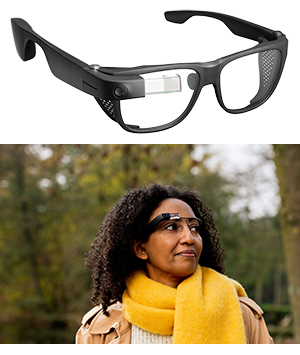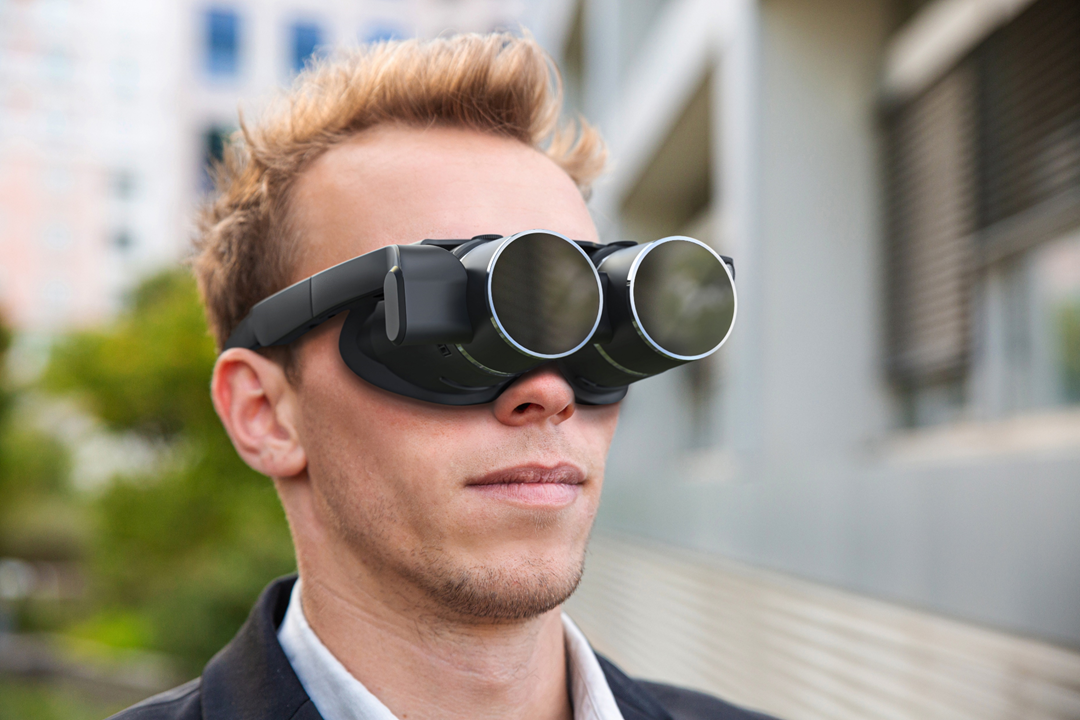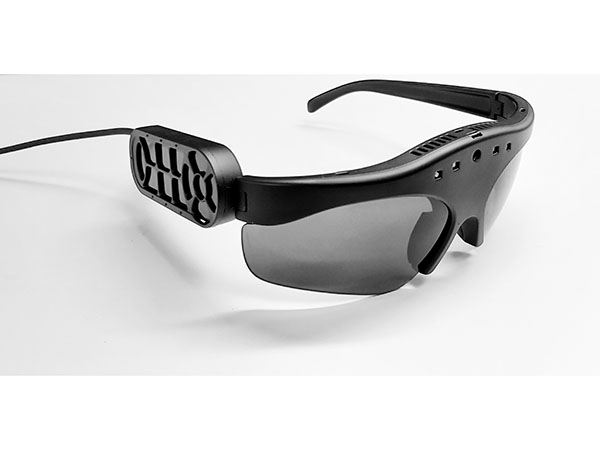Empowering Self-reliance With Assistive Innovation for the Blind
The assimilation of assistive modern technology for people that are visually damaged or blind stands for a significant development in cultivating self-reliance and improving high quality of life. With a range of devices-- from display visitors to ingenious responsive tools-- these technologies not only assist in navigation and communication yet likewise advertise social inclusion and involvement in numerous elements of life.
Comprehending Assistive Modern Technology
Although assistive modern technology has advanced considerably throughout the years, its basic function remains the exact same: to boost the top quality of life for individuals with specials needs, especially those who are blind or aesthetically impaired. This technology includes a wide range of devices and devices that assist in freedom and capability in daily tasks.
Assistive modern technology can be categorized right into low-tech and modern services, each made to meet specific requirements. Modern tools commonly consist of software program applications, specialized equipment, and flexible devices that make use of advanced innovation to provide assistance in numerous contexts. Alternatively, low-tech services may include day-to-day products that are modified to boost ease of access, such as magnifiers or responsive pens.
The combination of assistive innovation into the lives of people who are blind or visually harmed not just promotes autonomy yet also fosters social inclusion and involvement in academic and specialist environments. By leveraging these modern technologies, customers can navigate their environments, accessibility information, and connect properly, thus improving their general quality of life. Recognizing assistive innovation is critical for advocates, experts, and caregivers who aim to sustain people in maximizing their potential and attaining higher independence.
Sorts Of Assistive Gadgets
Assistive devices for the visually damaged and blind are necessary tools that improve daily obeying addressing details difficulties come across by customers. These devices can be extensively categorized into 3 primary types: optical gadgets, electronic tools, and sensory tools.

Sensory devices, such as Braille display screens and responsive maps, offer alternate means to obtain information. Braille presents convert digital message into Braille, allowing customers to read with touch. Responsive maps use spatial understanding with raised appearances and lines, permitting for much better ecological understanding.
With each other, these assistive gadgets encourage people with aesthetic problems to engage even more fully with their environments, promoting better independence and confidence in daily tasks.

Influence on Life
The assimilation of assistive modern technology right into the day-to-days live of individuals that are blind or aesthetically impaired dramatically improves their capability to communicate and browse with the world around them. Tools such as display viewers, Braille displays, and mobile applications facilitate accessibility to details, allowing users to engage with digital content, communicate efficiently, and manage daily jobs independently.
In addition, innovations like smart glasses and navigation apps offer real-time aid in unfamiliar atmospheres, improving movement and confidence. These tools make it possible for customers to identify challenges, reviewed indicators, and even identify faces, thus fostering a feeling of freedom in public spaces. In addition, home automation systems, which can be regulated via voice commands, allow individuals to handle their living settings a lot more properly, boosting comfort and safety and security.
The effect of assistive modern technology extends beyond useful tasks; it promotes social inclusion and emotional well-being. By linking the space in between people and their surroundings, these modern technologies equip individuals to take part completely in area activities, go after instructional possibilities, and participate in meaningful partnerships. Inevitably, the advancement of assistive innovation contributes in redefining the opportunities for people that are aesthetically damaged or blind, bring about an extra accessible and inclusive culture.
Success Stories and Testimonials

An additional effective testimonial originates from Mark, a current college grad who used display analysis software application throughout his scholastic trip. This innovation enabled him to gain access to training course products and take part in discussions, inevitably bring about his successful shift into the workforce. Mark debts assistive modern technology for equipping him to attain his occupation goals, highlighting its function in leveling the playing field for individuals with aesthetic impairments.
In addition, recreation center have reported increased participation in their programs thanks to the introduction of available digital systems. These systems have actually made it easier for individuals to attach, share resources, and support each other. These success tales jointly underscore the extensive impact of assistive modern technology in fostering freedom, enhancing quality of life, and breaking down barriers for the blind and visually impaired neighborhood.
Future Fads in Assistive Tech
Emerging technologies are poised to transform the landscape of assistive technology for people that are blind or visually impaired. Developments in expert system (AI) and equipment discovering are boosting the abilities of gadgets, enabling more user-friendly user experiences. For instance, AI-driven applications are significantly able to identify objects and read text aloud in real-time, supplying individuals with important info concerning their surroundings.
In addition, developments in wearable technology are producing new opportunities for freedom. Smart glasses furnished with augmented fact functions can overlay critical details onto the individual's visual field, facilitating navigating and interaction with the setting. The combination of Net of Things (IoT) gadgets is enhancing availability in smart homes, permitting individuals to control appliances and get alerts through voice commands or responsive interfaces.
The advancement of braille display screens and tactile comments systems is additionally growing, promoting access to electronic content and improving interaction. As these modern technologies continue to progress, they assure to enhance everyday living, academic possibilities, and employment potential customers for people with aesthetic problems. Continuous partnership in between engineers, customers, and advocacy groups will be necessary in making certain these developments satisfy the requirements of the area properly.
Conclusion
To conclude, assistive innovation plays an essential function in boosting the freedom of people that are aesthetically damaged or blind. By giving essential tools and resources, these technologies facilitate improved accessibility, navigating, and interaction to details, therefore cultivating freedom and positive self-image. The transformative influence of assistive gadgets not only promotes reliable communication with the atmosphere Assistive technology for the blind but also urges social addition and involvement in various facets of life, inevitably encouraging individuals to grow within their neighborhoods.
The assimilation of assistive modern technology for individuals that are visually impaired or blind stands for a significant innovation in promoting independence and improving quality of life.The integration of assistive modern technology into the lives of people who are blind or aesthetically hindered not only advertises autonomy yet likewise cultivates social addition and participation in specialist and academic settings. Eventually, the advancement of assistive innovation is important in redefining the opportunities for people who are blind or aesthetically impaired, leading to a much more obtainable and inclusive culture.
Many individuals that are blind or visually impaired have shared motivating success tales that highlight the transformative effect of assistive modern technology on their lives.In conclusion, assistive innovation plays a crucial role in improving the freedom of individuals who are blind or aesthetically damaged.